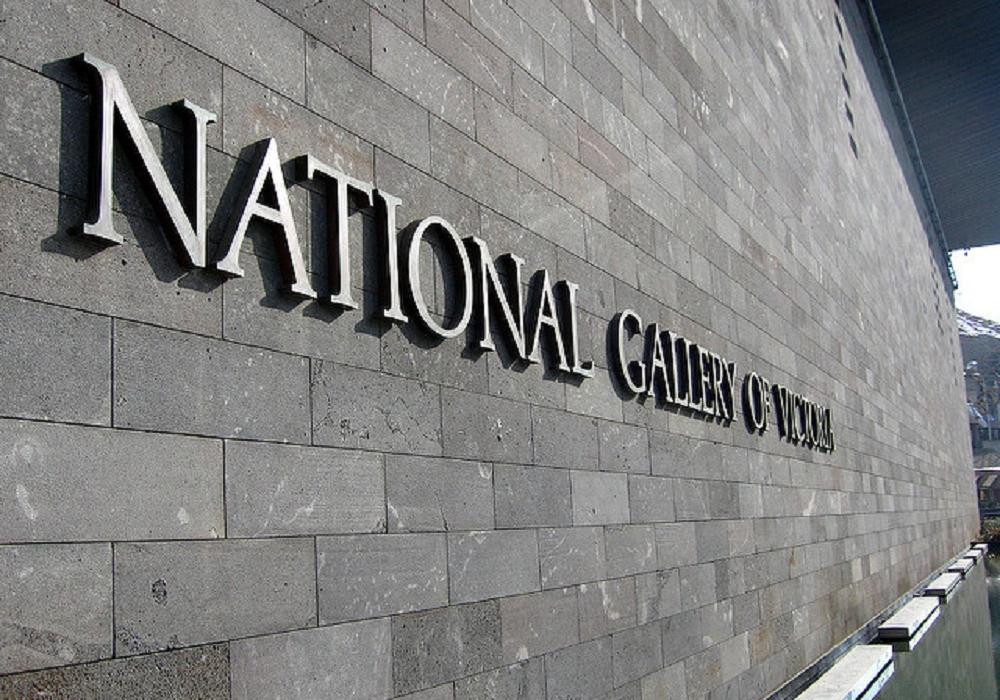Bluestone. Victoria would not be Victoria without it, and Melbourne would look very different without its historical laneways or its dark and brooding colonial edifices.
Think St Patrick’s Cathedral and the Old Melbourne Gaol, and the modern bluestone incarnation that is the National Gallery of Victoria.
But where did bluestone come from and why are Victorians so attached to it?
“For me, as someone who has spent most of her life in Melbourne, it’s very part of the fabric of the city that I grew up in,” says Stephanie Joy Trigg(link is external), a humanities professor who has studied Victoria’s signature stone for years, assessing its historical and cultural significance.
“Someone commented to me that with all those laneways and kerb stones it’s as if this city is framed by bluestone.”
In this audio report, Buffy Gorrilla explores Victoria’s bluestone story.
Interviewed are:
► Professor Stephanie Joy Trigg
► Melbourne Lord Mayor Robert Doyle
► Stonemason and cutter Steve Behncke, of Ballarat Stone
► Heritage consultant Rohan Storey
► Home renovator ‘Nigel’

